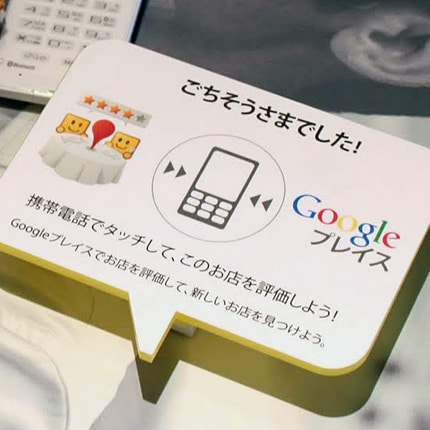Today, HP concluded months of deliberation, u-turns and negotiations with the announcement that it will open source WebOS instead of keeping it in-house or selling it off to suitors like Amazon.
This is good news because it ends months of uncertainty which have severely tested the patience of developers and undermined businesses that had already committed to WebOS. The fact that no hardware plans have been announced is perhaps not as big an issue as it seems -if the open sourcing of the code works, then the hardware is likely to follow.
It still remains unlikely that WebOS will, at least in its current state, pose any real challenge to Windows or Android. Though sometimes, the power of the community in open-source environments can make the difference, so it is too early to write it off altogether.
Key to the future is not only the development of the code base and the hardware available to run it, but also the distribution for the software or apps developed in WebOS. With over 100 sizeable App Stores out there, the App Catalog needs some attention as well. Hopefully HP will, as part as its committment to continue investing in WebOS, not forget this, and give the WebOS App Catalog a long needed update to keep its appeal.
This is good news because it ends months of uncertainty which have severely tested the patience of developers and undermined businesses that had already committed to WebOS. The fact that no hardware plans have been announced is perhaps not as big an issue as it seems -if the open sourcing of the code works, then the hardware is likely to follow.
It still remains unlikely that WebOS will, at least in its current state, pose any real challenge to Windows or Android. Though sometimes, the power of the community in open-source environments can make the difference, so it is too early to write it off altogether.
Key to the future is not only the development of the code base and the hardware available to run it, but also the distribution for the software or apps developed in WebOS. With over 100 sizeable App Stores out there, the App Catalog needs some attention as well. Hopefully HP will, as part as its committment to continue investing in WebOS, not forget this, and give the WebOS App Catalog a long needed update to keep its appeal.



